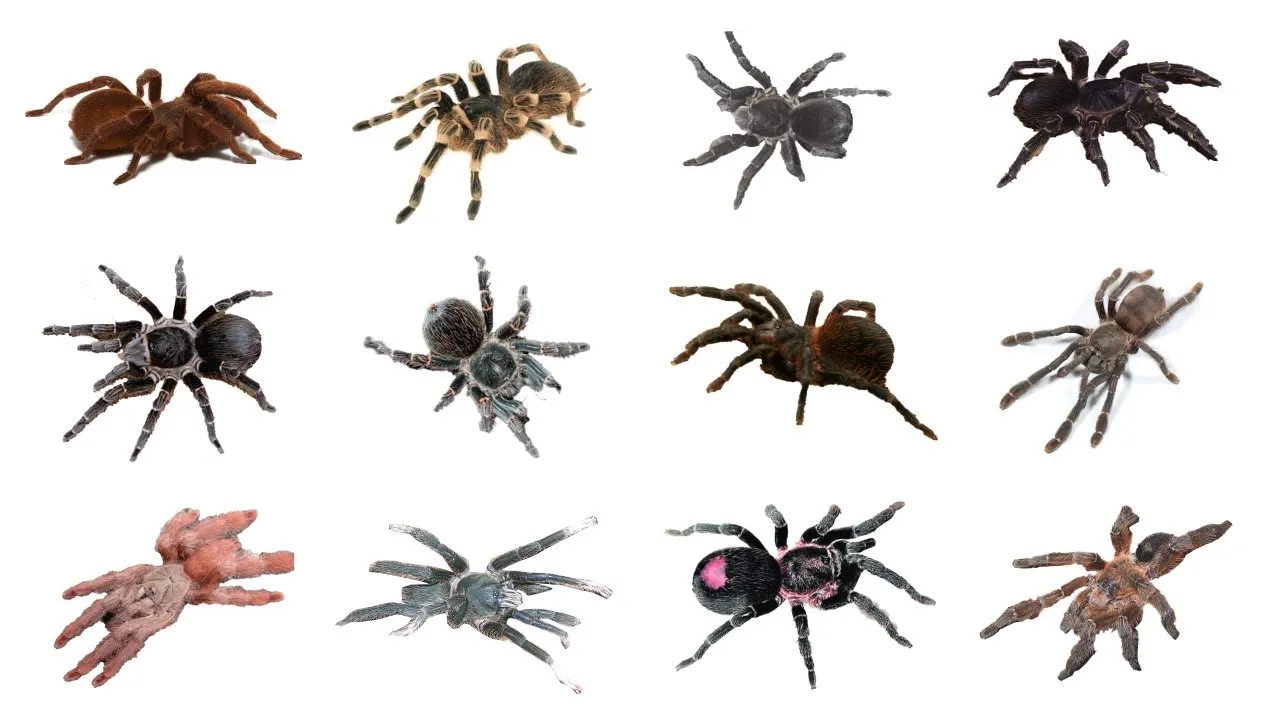Choosing Your Tarantula
Bringing a tarantula into your home is a big decision that requires careful consideration. These fascinating creatures can make rewarding pets, but their unique needs differ from more traditional companions like dogs or cats. Before acquiring a tarantula, it is crucial to understand their specific requirements, including habitat, diet, and temperament. Thorough research is the key to providing the best possible care for your new pet. Consider the commitment involved in terms of time, space, and financial resources. Tarantulas can live for many years, some species up to 20-30 years, so you must be prepared for long-term care. Furthermore, ensure you have access to a veterinarian experienced in treating exotic animals, in case of any health issues. By taking the time to prepare and educate yourself, you can create a safe, healthy, and enriching environment for your tarantula to thrive.
Selecting a Healthy Tarantula
Choosing a healthy tarantula is paramount to ensuring its well-being and longevity. Always source your tarantula from a reputable breeder or pet store that prioritizes the health of their animals. Avoid purchasing a tarantula that appears lethargic, emaciated, or exhibits any signs of illness. Examine the spider closely for any physical abnormalities, such as missing limbs or apparent injuries. A healthy tarantula should have a robust abdomen, free from any dents or unusual discoloration. Observe its behavior the tarantula should be alert, responsive to stimuli, and capable of moving around its enclosure with ease. Request information about the spider’s origin, age, and molting history to gain a better understanding of its health. Buying a healthy tarantula from the outset significantly increases the chances of a successful and enjoyable experience as a tarantula owner.
Identifying a Healthy Tarantula
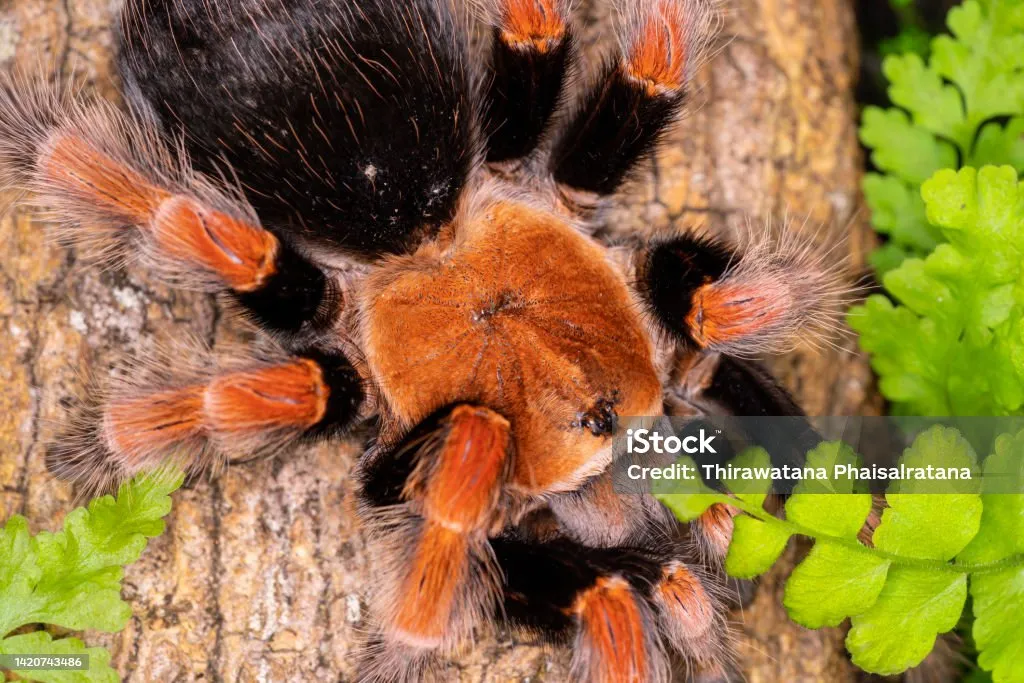
To accurately assess a tarantula’s health, pay close attention to specific physical and behavioral characteristics. A healthy tarantula should have a plump abdomen, indicating adequate hydration and nutrition. The carapace (the upper part of the exoskeleton) should be intact, with no visible damage or deformities. Look for clean, shiny legs that move freely. The spider should be actively exploring its enclosure and responding to its environment. Avoid tarantulas that are constantly hiding or appear to be struggling to move. Look closely for any signs of parasites or mites, which can be detrimental to the tarantula’s health. Furthermore, inquire about the spider’s feeding habits if it has a good appetite, it’s a positive sign. Don’t hesitate to ask the seller about the spider’s molting history, as it indicates proper growth and development. Careful observation of these details will help you select a thriving and happy tarantula.
Where to Buy a Tarantula
Finding a reputable source for your tarantula is crucial for the health and well-being of your new pet. Research local breeders or pet stores specializing in exotic animals in your area. Prioritize establishments with a good reputation, positive reviews, and a demonstrated commitment to animal welfare. Before making a purchase, visit the facility to assess the conditions in which the tarantulas are housed. The enclosures should be clean, appropriately sized, and well-maintained. Observe the spiders to ensure they appear healthy and active. Avoid purchasing tarantulas from sources that seem to prioritize profit over animal care. Many online retailers also offer tarantulas, but do your homework before buying from them. Check for guarantees on the health of the spider and ensure that they provide safe and appropriate shipping methods. Contacting local exotic pet clubs or forums can provide valuable insights and recommendations. Remember, investing time in finding a trustworthy source will give you peace of mind and a healthier tarantula.
Tarantula Habitat Setup
Creating an appropriate habitat is essential for a tarantula’s well-being and ensuring it thrives in its new environment. The enclosure should mimic the spider’s natural habitat as closely as possible, providing a comfortable and stimulating space. Begin by selecting a suitable enclosure size, considering the species and size of your tarantula. Provide a substrate, such as coconut fiber or peat moss, that holds moisture and allows the spider to burrow. Maintain appropriate temperature and humidity levels using heat sources and a hygrometer. Finally, decorate the habitat with elements like hides, water dishes, and artificial plants to enrich the environment. A well-designed habitat will not only keep your tarantula healthy but also provide you with opportunities to observe and enjoy their fascinating behavior. With careful planning and attention to detail, you can design a habitat that meets your tarantula’s specific needs.
Enclosure Size

Choosing the right enclosure size is a critical aspect of setting up a tarantula habitat. The enclosure should be large enough to accommodate the spider comfortably, allowing for movement and exploration, but not so large that it makes it difficult for the tarantula to find its food. As a general rule, the enclosure should be at least twice the spider’s leg span in width and length. Terrestrial tarantulas generally do not require tall enclosures. Arboreal species, however, will need taller enclosures to facilitate climbing. Consider the species of tarantula, its adult size, and its activity level when selecting the enclosure. The enclosure should have adequate ventilation to prevent mold and maintain air quality. Secure lids are essential to prevent escapes. Check the enclosure regularly as the tarantula grows, to ensure its continued suitability. Correct enclosure size is essential for the tarantula’s physical and psychological well-being, allowing the spider to feel secure and thrive.
Substrate
The substrate is the foundation of your tarantula’s habitat, serving as a bedding material that mimics its natural environment and provides essential comfort. The best substrate choices provide excellent moisture retention, allowing for proper humidity levels, and also allow the tarantula to burrow and feel secure. Recommended options include coconut fiber (also known as coco coir), peat moss, and a mix of soil and vermiculite. Avoid using substrates like cedar or pine shavings, as they can be toxic to tarantulas. The depth of the substrate will vary depending on the species and the tarantula’s burrowing habits. Terrestrial species will need a deeper substrate to allow for burrowing, while arboreal species will generally require a shallower layer. Ensure the substrate remains clean and free of mold or bacteria. You’ll need to remove any uneaten food and waste regularly. Changing the substrate completely every few months helps maintain a healthy and hygienic environment for your tarantula. The right substrate promotes healthy molting and overall comfort.
Temperature and Humidity
Maintaining the correct temperature and humidity levels is vital to your tarantula’s health and well-being. Tarantulas thrive within a specific range of temperatures, usually between 75°F and 85°F (24°C and 29°C), depending on the species. Using a thermometer to monitor the temperature regularly is crucial. You can use a heat lamp or a heat mat to maintain the correct temperature. However, always ensure that the heat source does not overheat the enclosure, as excessive heat can be harmful. Humidity levels are equally important and vary depending on the species. Tropical tarantulas will need a higher humidity level than desert species. Monitor humidity using a hygrometer. You can maintain appropriate humidity levels by misting the enclosure with water, providing a water dish, and ensuring adequate ventilation. The correct temperature and humidity levels support proper molting, hydration, and overall health, ensuring your tarantula lives a long and happy life. Regular monitoring and adjustments are essential to keep your tarantula comfortable.
Decorating the Habitat
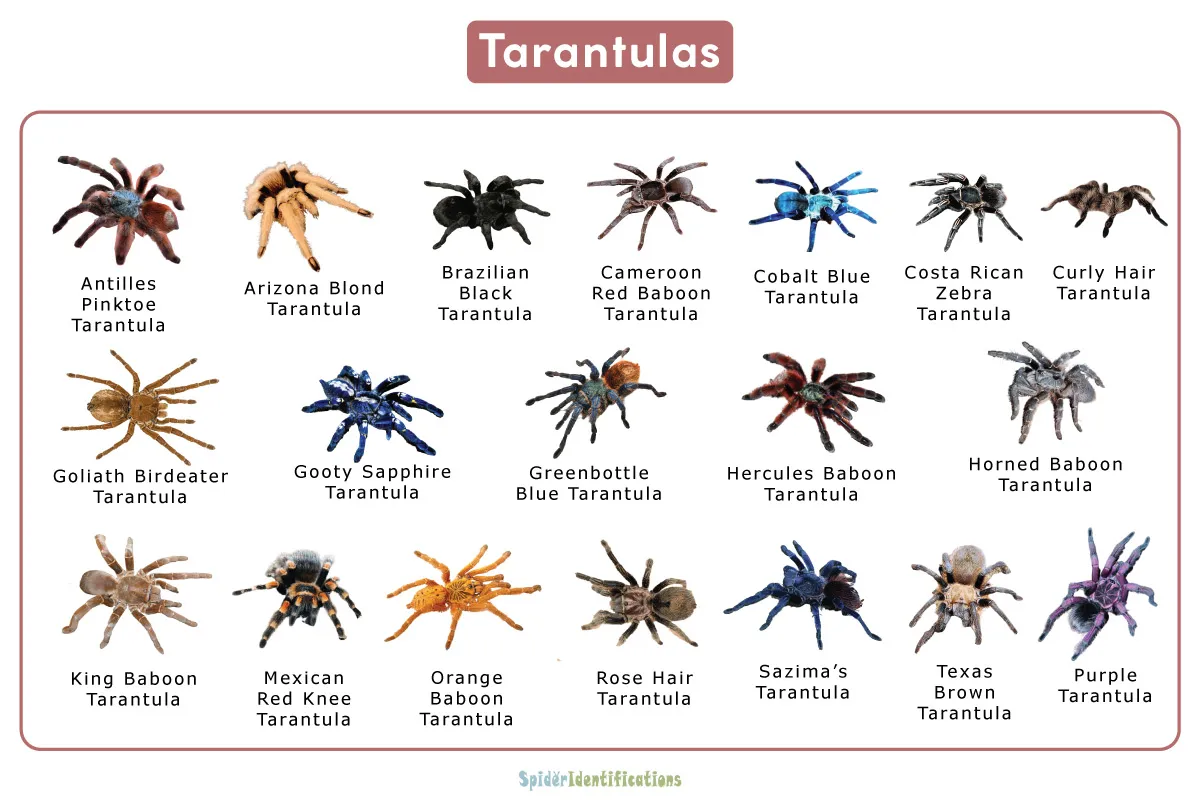
Adding decorations to your tarantula’s habitat enriches its environment, providing opportunities for exploration, shelter, and a sense of security. Incorporate elements like hides, such as cork bark, half logs, or artificial caves, to create safe spaces where the tarantula can retreat. Adding artificial plants and foliage can also create a more natural environment and provide hiding places. For terrestrial tarantulas, a shallow water dish is a must-have. Ensure that the dish is not too deep, to prevent accidental drowning. Use substrate-friendly decorations that are non-toxic and easy to clean. Avoid sharp objects or materials that can injure your tarantula. Choose decorations appropriate for the spider’s size and species, also considering its preferred lifestyle (ground-dwelling or arboreal). The right decorations make the habitat visually appealing, and, most importantly, create a stimulating environment, reducing stress and enhancing the spider’s overall well-being. Always prioritize the safety and well-being of the tarantula when selecting and placing decorations.
Tarantula Feeding and Hydration
Providing proper nutrition and hydration is fundamental to keeping your tarantula healthy. Tarantulas are opportunistic carnivores, and their diet consists primarily of insects. The appropriate feeding schedule, food choices, and hydration methods vary by species, age, and size of the tarantula. However, there are general guidelines to follow. Learn what insects are suitable for your tarantula, and choose food sources that are easily accessible. Ensure you understand how to provide fresh water regularly, either in a water dish or by misting the enclosure. By understanding the nutritional needs of your tarantula and providing an appropriate diet, you can help it grow, thrive, and display its unique characteristics. Moreover, knowing the appropriate feeding and hydration practices will ensure your tarantula lives a long, happy, and healthy life.
What to Feed Your Tarantula
The diet of a tarantula should consist primarily of live insects. The size and type of insects you feed should be appropriate for the size of your tarantula. Common food choices include crickets, mealworms, dubia roaches, and superworms. Always ensure that the insects are gut-loaded with nutritious food a day or two before feeding them to your tarantula to maximize their nutritional value. Avoid feeding wild-caught insects, as they can carry parasites or pesticides. In addition to insects, some tarantula keepers occasionally offer pre-killed pinky mice to larger species, but this should not be a regular part of the diet. Always remove uneaten insects from the enclosure after a day or two to prevent them from bothering the tarantula. Observe your tarantula’s feeding habits, and adjust the diet accordingly. A well-balanced diet, consisting of a variety of insects, is essential for your tarantula’s health and growth.
Feeding Frequency

The frequency of feeding your tarantula is essential, but it varies based on the tarantula’s age, size, and species. Spiderlings (young tarantulas) generally require more frequent feeding, often 2-3 times a week, whereas adult tarantulas can be fed less frequently, sometimes only once or twice a week. Observe your tarantula’s abdomen, which should be plump and round after feeding. If the abdomen appears too large or swollen, reduce the frequency of feeding. Adjust the feeding schedule depending on the tarantula’s appetite and activity level. Refusing food is common before molting. Remove any uneaten food within 24 hours. It is always better to slightly underfeed than to overfeed your tarantula. Ensure your tarantula receives an appropriate feeding schedule to keep it healthy and thriving.
Watering Your Tarantula
Providing adequate hydration is crucial for your tarantula’s health and well-being. The most common way to provide water is through a shallow water dish, ensuring the water level is low enough to prevent accidental drowning. Regularly clean and refill the water dish to ensure fresh water is always available. In addition to a water dish, you can also mist the enclosure with water, especially for species that prefer higher humidity levels. Be cautious not to over-mist the enclosure. The goal is to create condensation on the sides of the enclosure, not to saturate the substrate. Observe your tarantula’s behavior; if the abdomen appears shriveled or the tarantula is lethargic, it may be dehydrated. Correct hydration is essential for healthy molting and helps to regulate the tarantula’s internal functions. Proper hydration, combined with proper temperature and humidity, contributes to a happy and thriving tarantula.
Handling Your Tarantula
Handling a tarantula is a personal choice. However, it is essential to prioritize the safety of both the tarantula and the handler. Many tarantulas are docile and can be handled with caution, but others are defensive and prone to biting or flicking urticating hairs (small, irritating hairs on their abdomen). Before attempting to handle a tarantula, research the specific species and its temperament. Always approach the tarantula slowly and calmly, and avoid making sudden movements. Ensure that the tarantula is comfortable and not agitated. The use of a soft, wide surface, such as a table or a bed, is recommended in case the tarantula falls. If you are bitten, remain calm and seek medical attention if necessary. The best approach is to observe your tarantula and admire its beauty without handling it. However, with the right knowledge and precautions, you can handle your tarantula safely, which will give you a unique opportunity to interact with your pet.
Safe Handling Practices
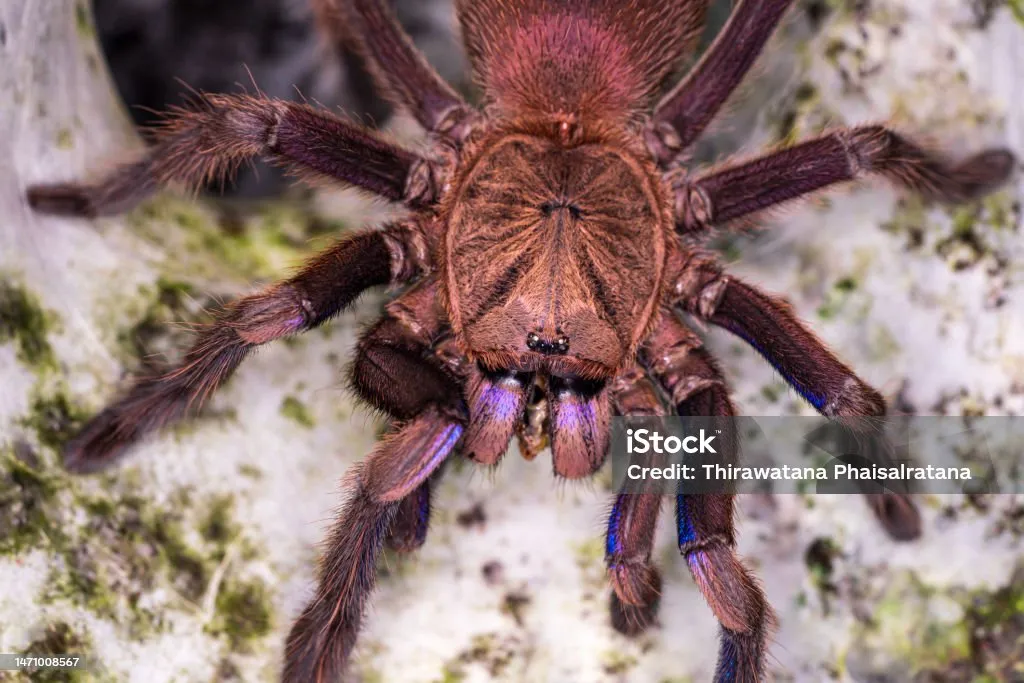
If you choose to handle your tarantula, follow specific safety practices to minimize risks. Always wash your hands thoroughly before and after handling your tarantula, ensuring no residue or other substances could harm it. Handle the tarantula over a soft surface, close to the ground, to prevent injury if it falls. Avoid any quick movements that could startle the tarantula and cause it to bite. Never handle a tarantula if you are unsure of its temperament or if it appears agitated. Handle the tarantula with utmost gentleness, allowing it to walk onto your open hand, rather than picking it up or grabbing it. Always supervise children during any interaction with the tarantula. If you are bitten, remain calm and seek medical attention if symptoms become concerning. The best approach is to observe your tarantula from a distance, as that will allow you to avoid potential bites. Always prioritize the safety of both yourself and the tarantula when handling it.
Understanding Tarantula Behavior
Understanding tarantula behavior is essential for responsible ownership and safe handling. Observe your tarantula’s body language to recognize signs of stress or aggression. A tarantula that is displaying defensive behaviors, like raising its front legs or flicking urticating hairs, should not be handled. Many tarantulas are more docile and are content to remain in their enclosures. Familiarize yourself with the unique characteristics of the species you own. This will help you understand their needs. Learn about the tarantula’s molting cycle, feeding habits, and preferred habitat. Observe the tarantula’s activity levels. Knowing your tarantula’s habits and personality will enable you to provide the best care. By observing the spider’s behavior, you can develop a deeper understanding and appreciation for this fascinating species.
Tarantula Health and Wellness
Maintaining the health and wellness of your tarantula requires a proactive approach. This includes providing proper nutrition, a suitable habitat, and regular monitoring for signs of illness or distress. The tarantula’s overall health depends on the owner’s attentiveness to the spider’s needs. Being vigilant and proactive is key to early detection and addressing health issues. Regular observation of the tarantula’s behavior, appearance, and feeding habits is crucial. If you notice any changes, such as lethargy, loss of appetite, or physical abnormalities, it is important to take appropriate action. Familiarize yourself with common tarantula diseases and conditions, and seek advice from a veterinarian experienced in exotic animals when necessary. Proactive care is fundamental for maintaining your tarantula’s health and well-being, ensuring your pet thrives and leads a long, fulfilling life.
Recognizing Common Tarantula Diseases
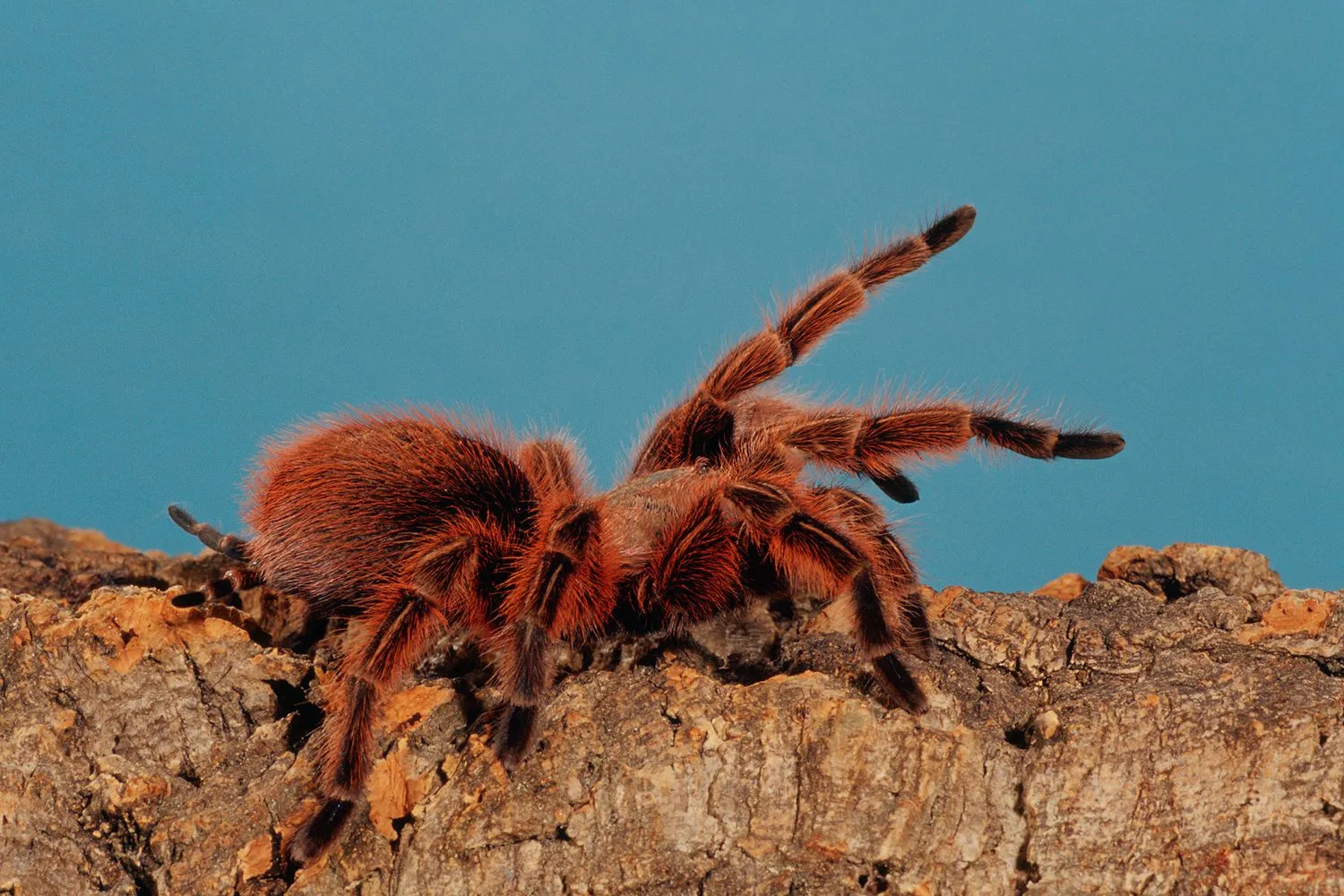
Being able to recognize common tarantula diseases is important for ensuring the health of your pet. Some of the most common health problems include fungal infections, parasitic infestations, and injuries. Fungal infections often develop due to improper humidity levels or poor hygiene in the enclosure. Parasitic infestations, such as mites, can cause irritation and stress for the tarantula. Injuries can occur during molting or handling, and can lead to infection if not treated correctly. Look out for signs of illness, such as lethargy, loss of appetite, discoloration, or unusual behaviors. Additionally, any physical abnormalities, such as swollen joints or wounds, should raise immediate concern. If you notice any of these signs, consult a veterinarian with experience in exotic animals. Quick detection and appropriate treatment are crucial for ensuring the well-being of your tarantula.
Molting Process
Molting is a natural process for tarantulas, during which they shed their exoskeletons to allow for growth and development. The frequency of molting depends on the tarantula’s age and species. Younger tarantulas molt more frequently than adults. During the molting process, the tarantula will typically stop eating and become less active. They may also flip onto their backs or side. It’s crucial not to disturb the tarantula during this vulnerable time, as any disruption can be harmful. Maintain the appropriate humidity levels and temperature to facilitate the molting process. Once the molt is complete, the new exoskeleton will be soft and vulnerable, so provide a safe environment and do not offer food for a few days. After the molt, the tarantula’s colors may appear brighter and its size will have increased. Understanding the molting process will assist you in providing the best care for your tarantula.
When to Seek Veterinary Care
Knowing when to seek veterinary care is essential for responsible tarantula ownership. While tarantulas are relatively hardy creatures, they can still experience health issues that require professional intervention. If you observe any concerning symptoms or unusual behaviors, seek advice from a veterinarian experienced in exotic animals. Some indicators include loss of appetite, lethargy, or difficulty walking. Physical abnormalities, such as missing limbs or wounds, also warrant veterinary attention. If a tarantula is unable to molt successfully, that also requires veterinary assistance. Before taking your tarantula to the vet, prepare by taking notes on the tarantula’s health history, living conditions, and any recent changes. Having as much information as possible will aid the veterinarian in making an accurate diagnosis and treatment plan. Early detection and prompt veterinary care can make a significant difference in the outcome, giving your tarantula the best chance of recovery and a long, healthy life.
Conclusion
Caring for a tarantula can be a rewarding experience. By understanding their needs, providing a suitable habitat, and monitoring their health, you can ensure that your pet thrives and lives a long, fulfilling life. The knowledge provided here is intended to assist you in providing proper care for your pet tarantula. Remember, researching and understanding your specific tarantula species is essential to meeting its unique requirements. Always prioritize the safety and well-being of your tarantula. Embrace the opportunity to learn, observe, and appreciate the fascinating world of tarantulas.
